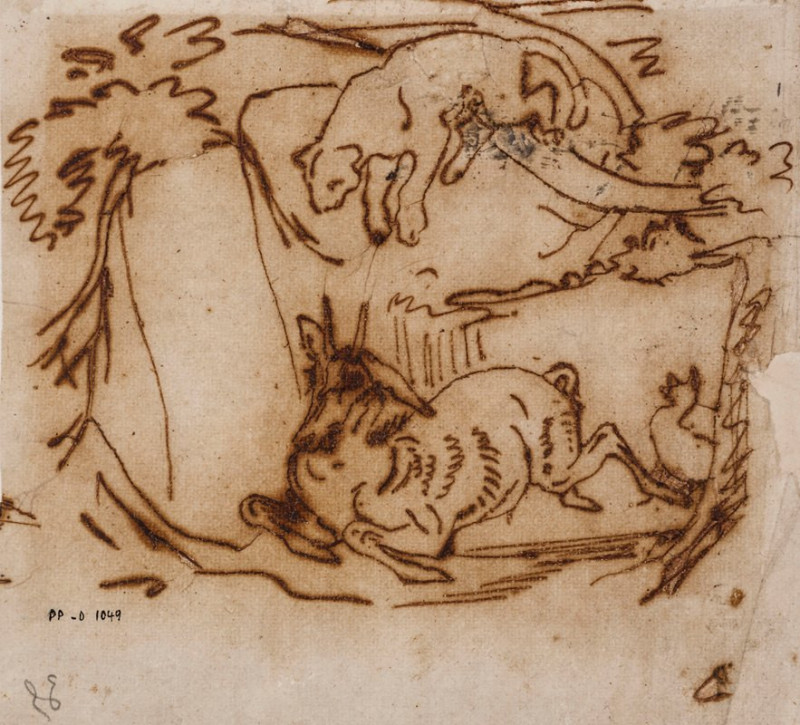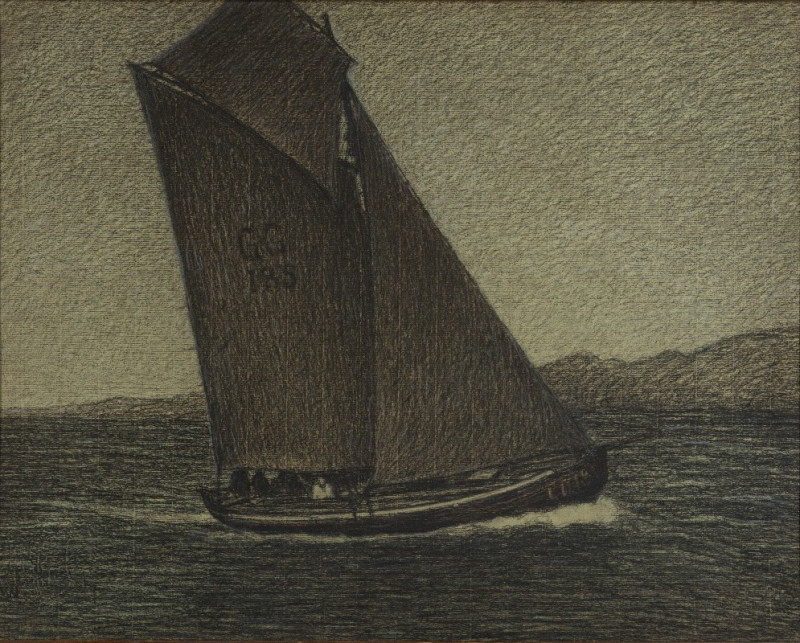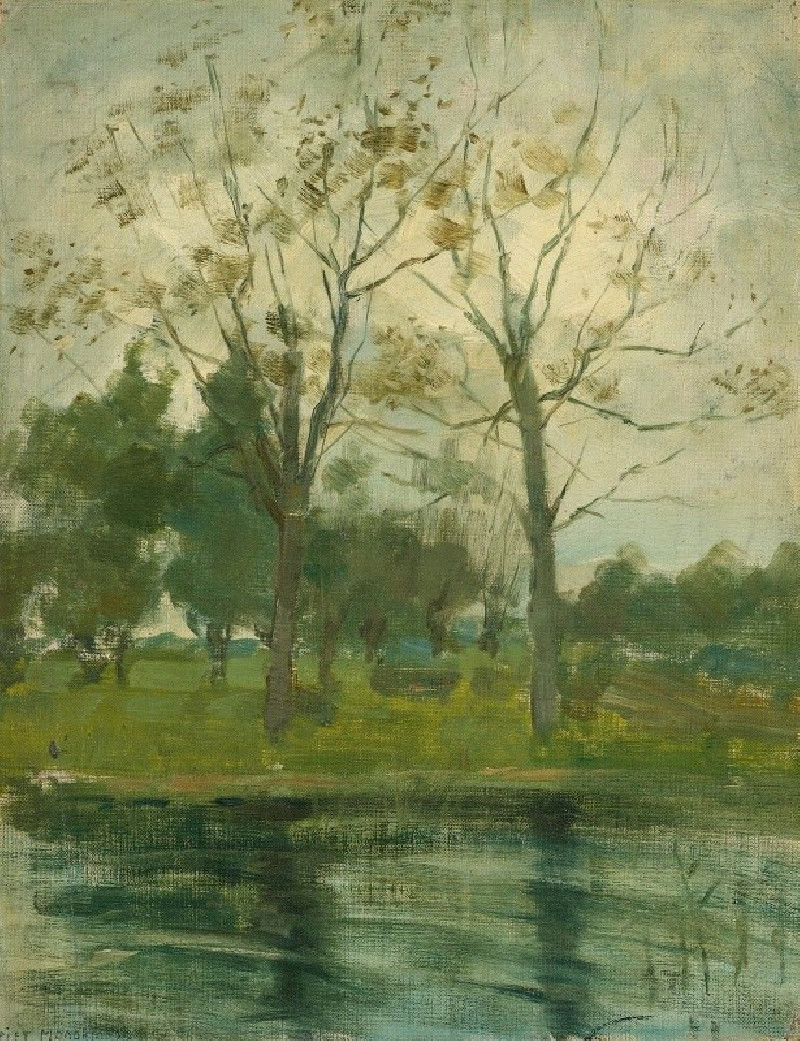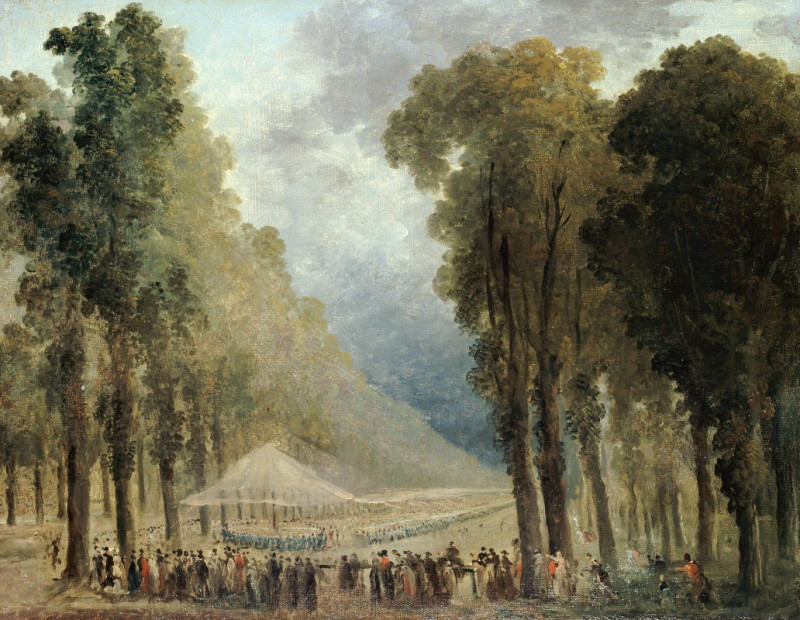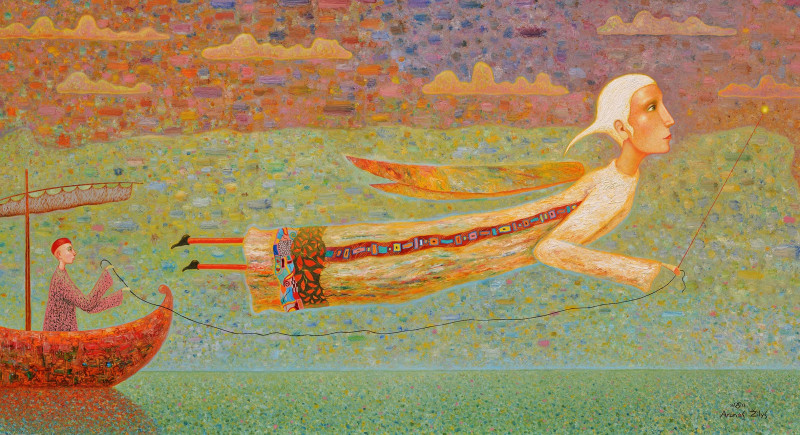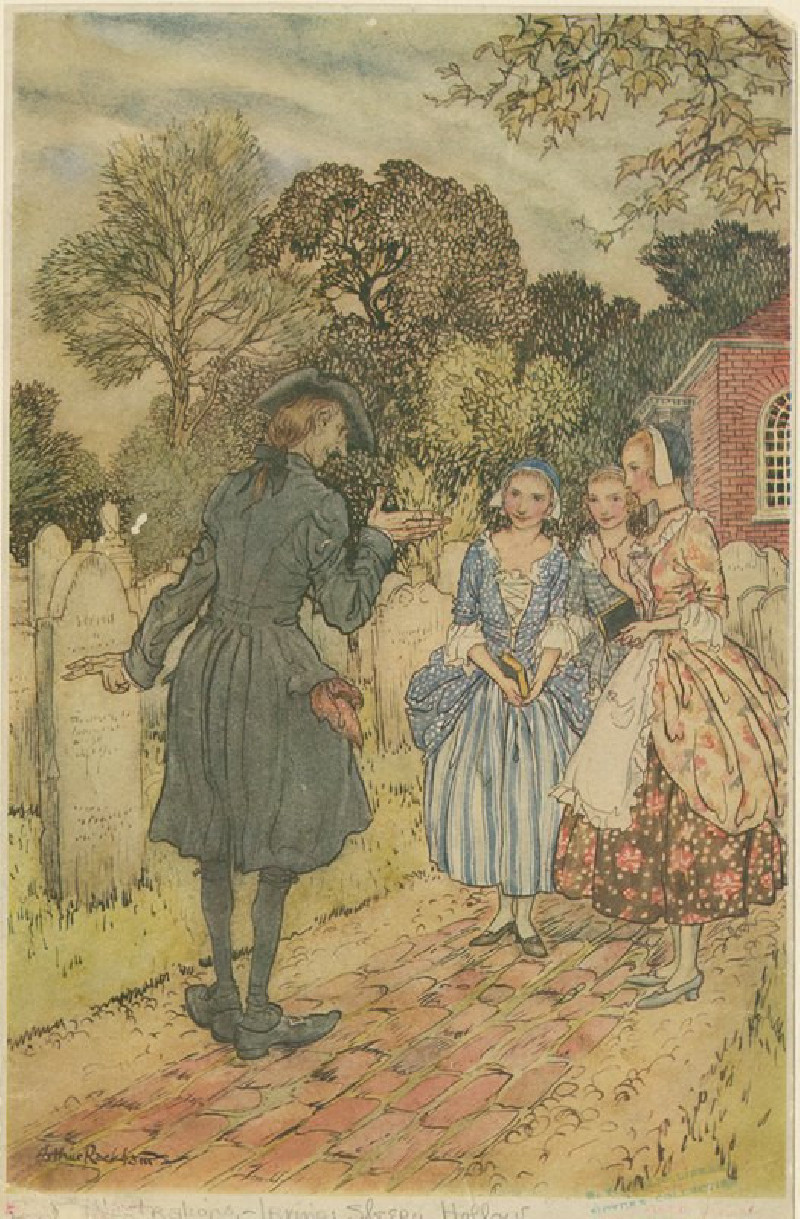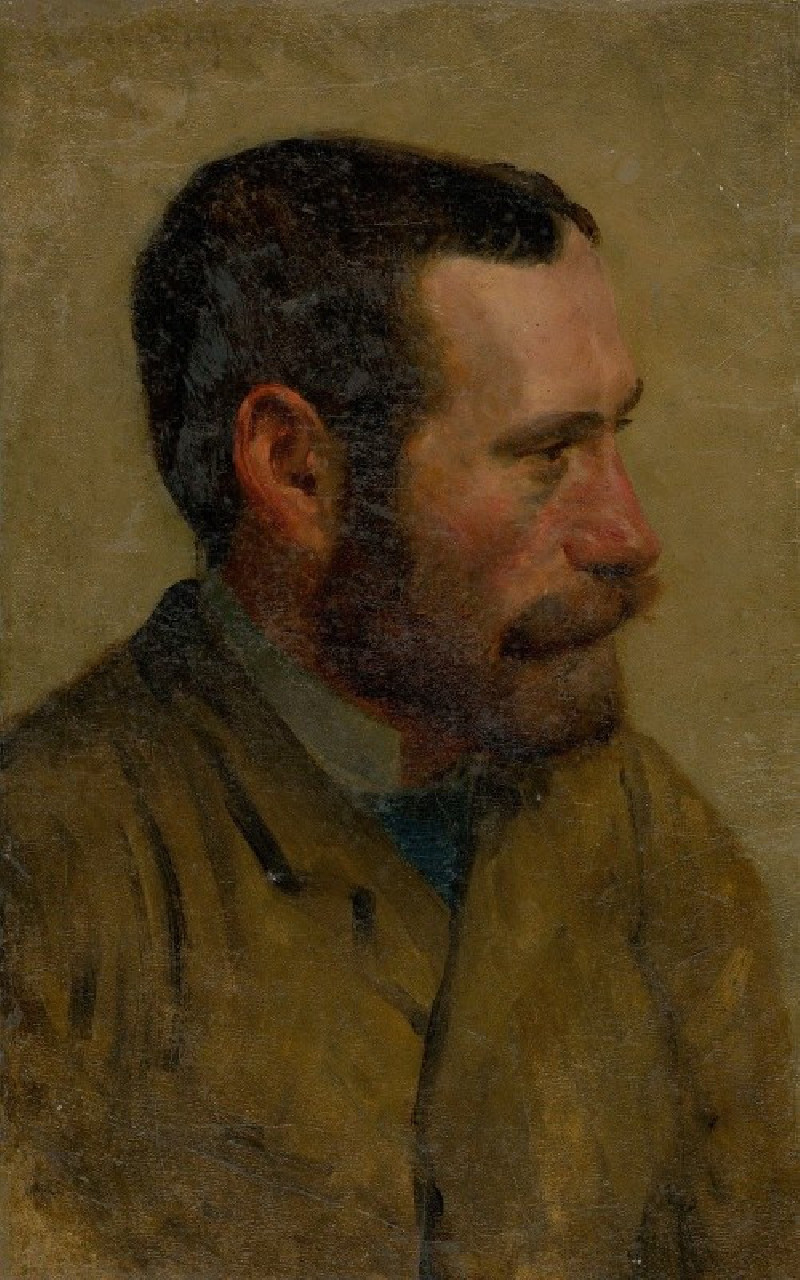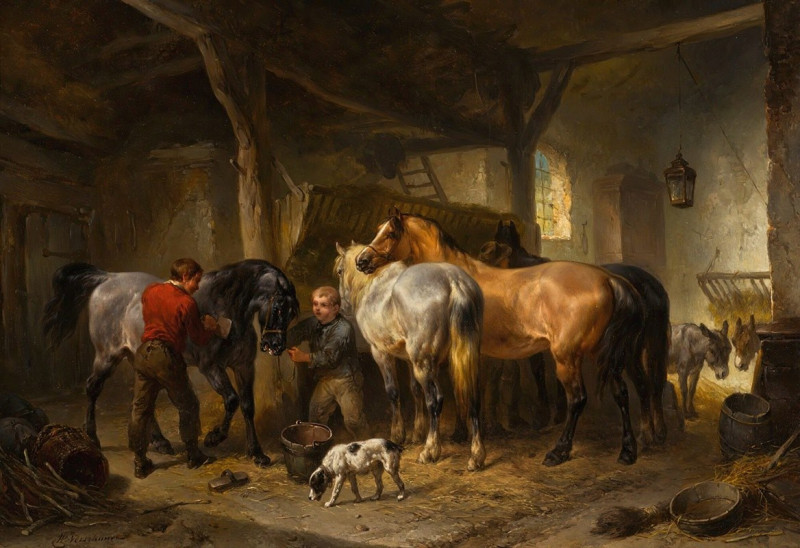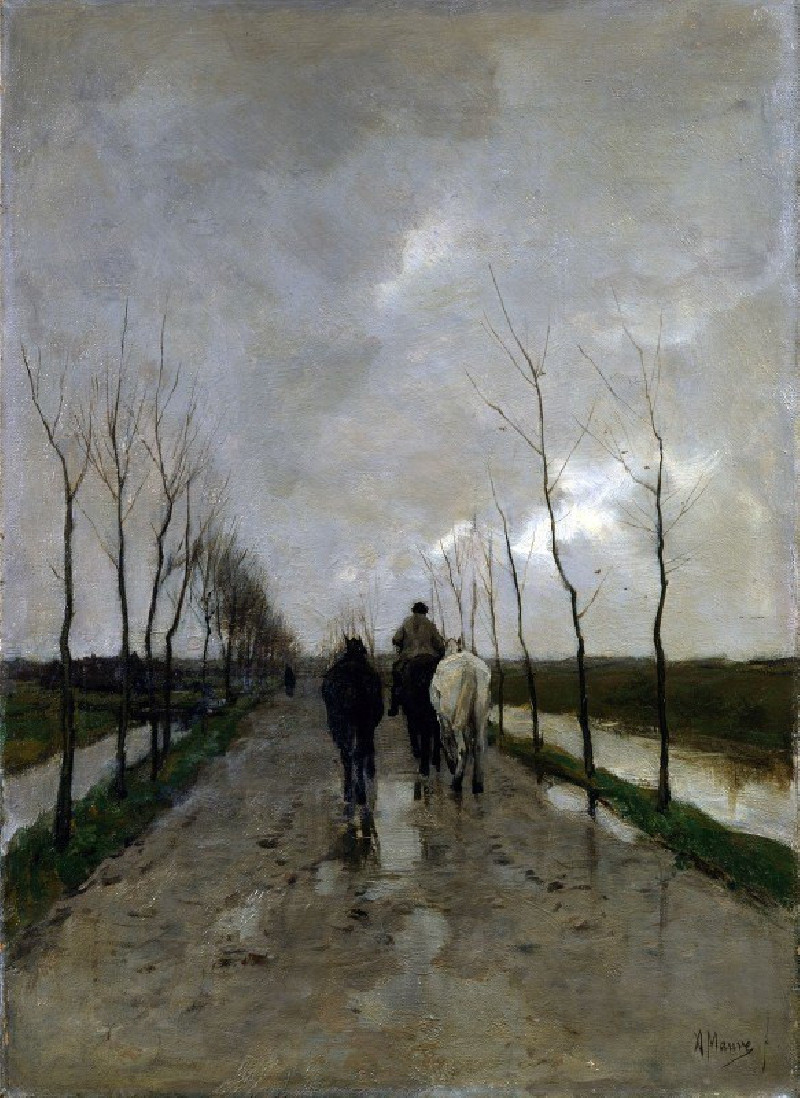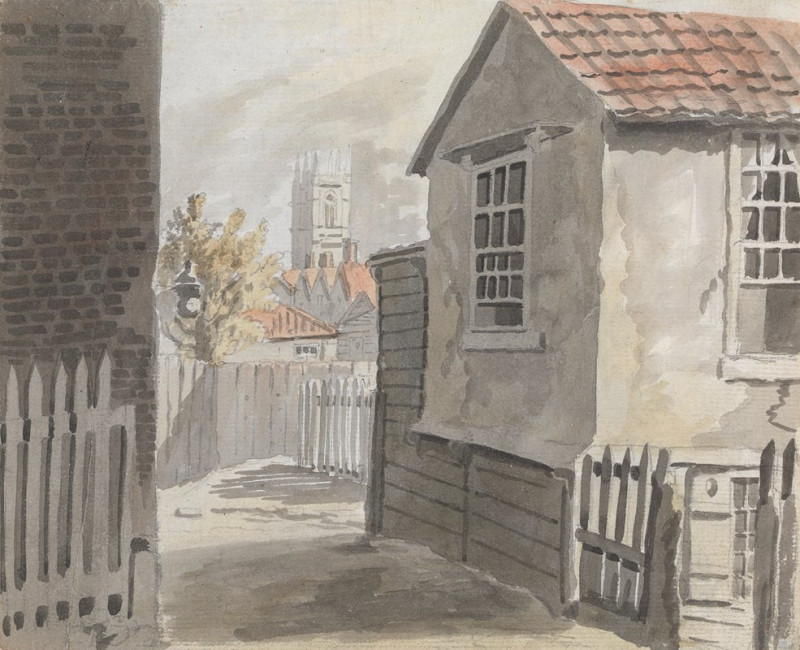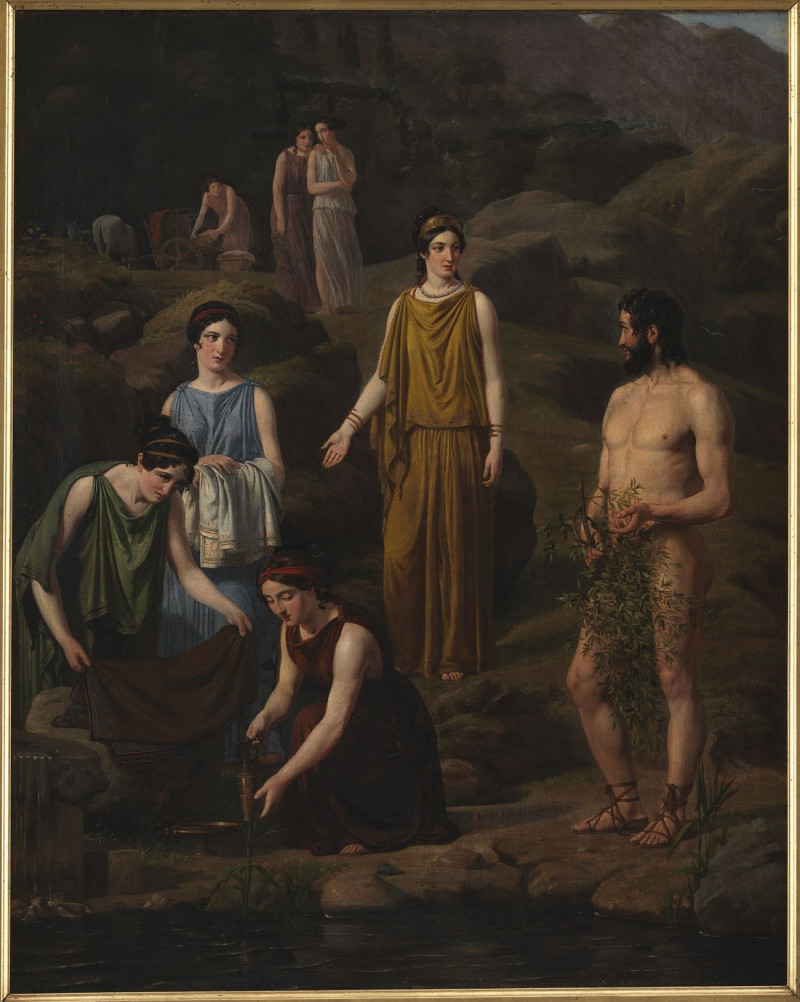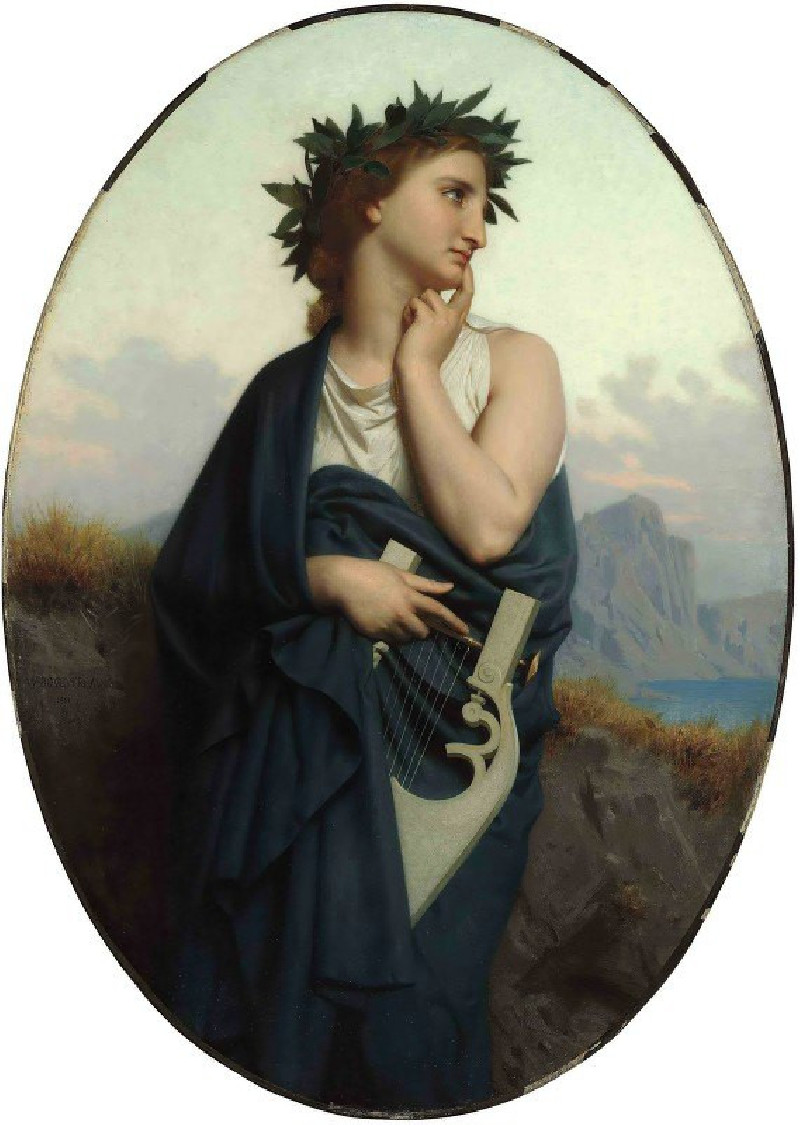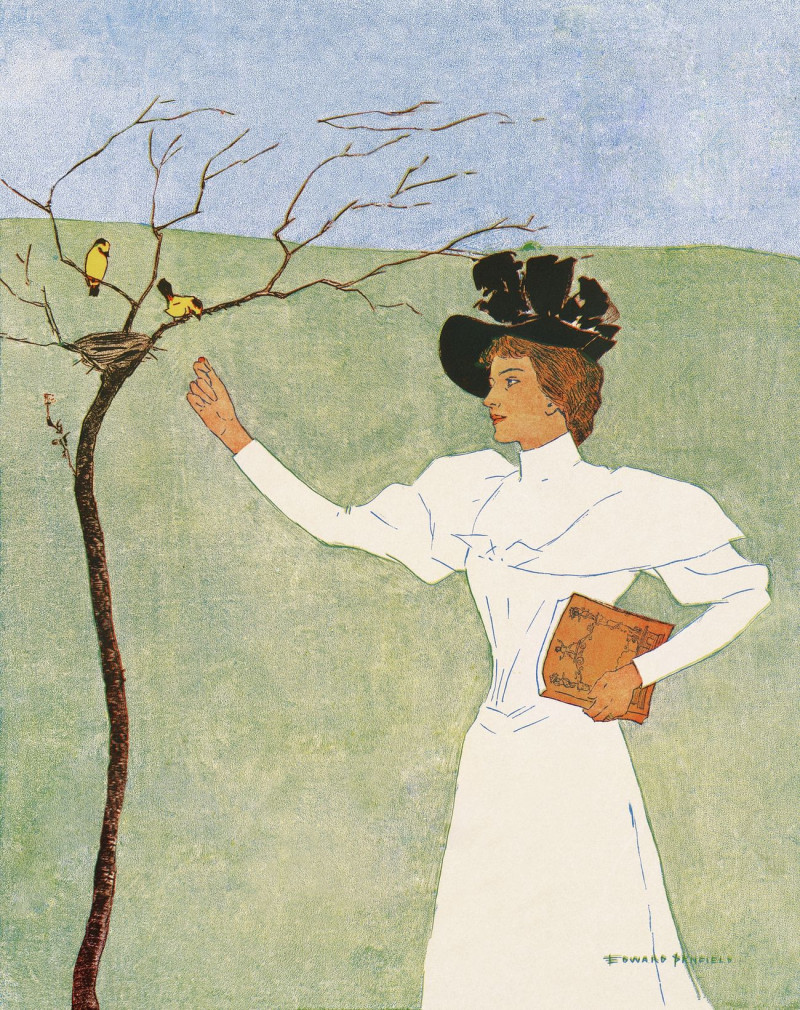Front elevation of the Great Temple of Aboosimble [sic]. Nubia.(Frontispiece, vol. 2) (1846-1849)
Technique: Giclée quality print
Recommended by our customers
More about this artwork
This striking artwork titled "Front Elevation of the Great Temple of Aboosimble [sic], Nubia," created between 1846 and 1849, is one of the masterpieces by the renowned Scottish artist David Roberts. The painting detailedly depicts the grand entrance to one of Nubia's most awe-inspiring monuments, the Great Temple at Abu Simbel, originally commissioned by Pharaoh Ramesses II.In Roberts' lithograph, the colossal statues of Ramesses II sit majestically at the temple's facade, each sculpture towering over the landscape and exuding an air of unwavering authority and divine power. These monumental figures are carved directly into the sandstone cliff, illustrating the Pharaoh seated on his throne, wearing the double crown of Upper and Lower Egypt. Intricately detailed carvings and hieroglyphics adorn the temple walls, telling tales of the pharaoh's valor and divine descent.The artwork captures the overwhelming scale of the figures in relation to the human figures depicted around the temple, providing a vivid sense of perspective. Visitors, depicted in 19th-century attire, appear almost minuscule as they explore the site, emphasizing the temple’s architectural grandeur and the enduring legacy of ancient Egyptian civilization.Roberts' rendering is not only an artistic achievement but also serves as an important historical record, preserving the majesty of ancient monuments in a time before photography could fulfill this role.
Delivery
Returns
David Roberts (24 October 1796 – 25 November 1864) was a Scottish painter. He is especially known for The Holy Land, Syria, Idumea, Arabia, Egypt, and Nubia, a prolific series of detailed lithograph prints of Egypt and the Near East that he produced from sketches he made during long tours of the region (1838–1840). These and his large oil paintings of similar subjects made him a prominent Orientalist painter. He was elected as a Royal Academician in 1841.

![Front elevation of the Great Temple of Aboosimble [sic]. Nubia.(Frontispiece, vol. 2) (1846-1849) reproduction of painting by... Front elevation of the Great Temple of Aboosimble [sic]. Nubia.(Frontispiece, vol. 2) (1846-1849) reproduction of painting by...](https://reprodukcijos.lt/39233-large_default/reproduction-of-front-elevation-of-the-great-temple-of-aboosimble-sic-nubiafrontispiece-vol-2-1846-1849.jpg)
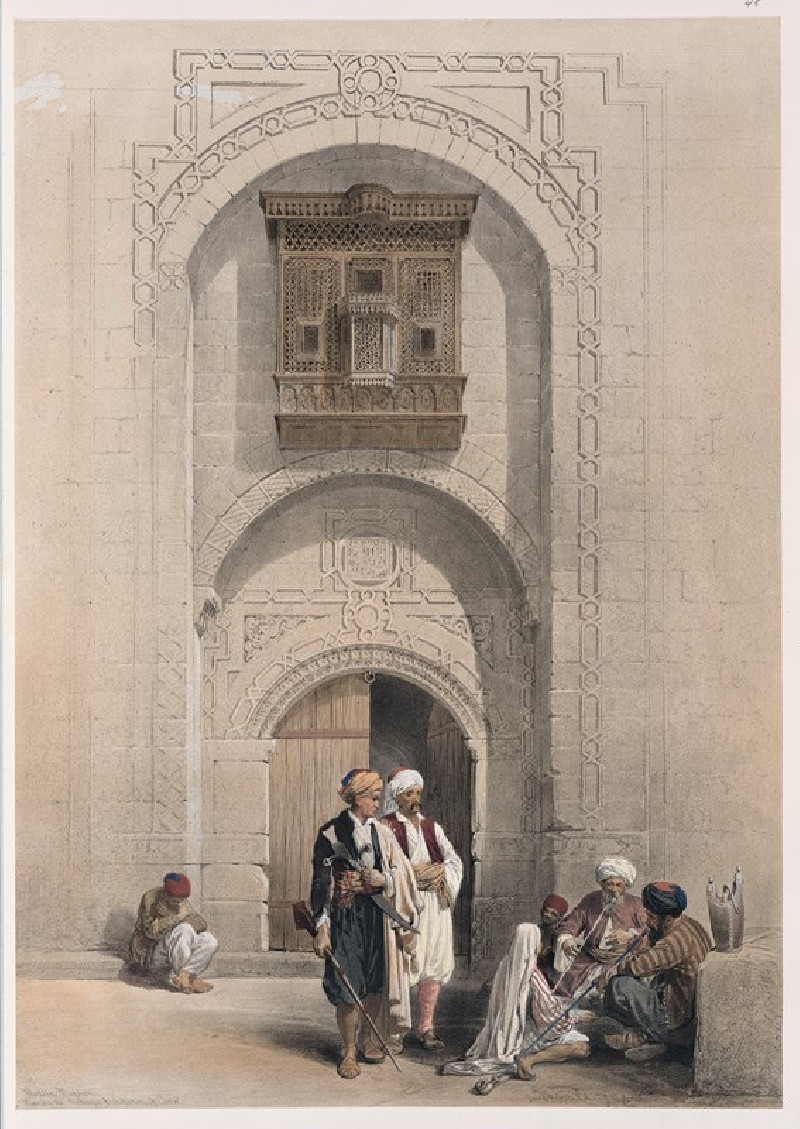
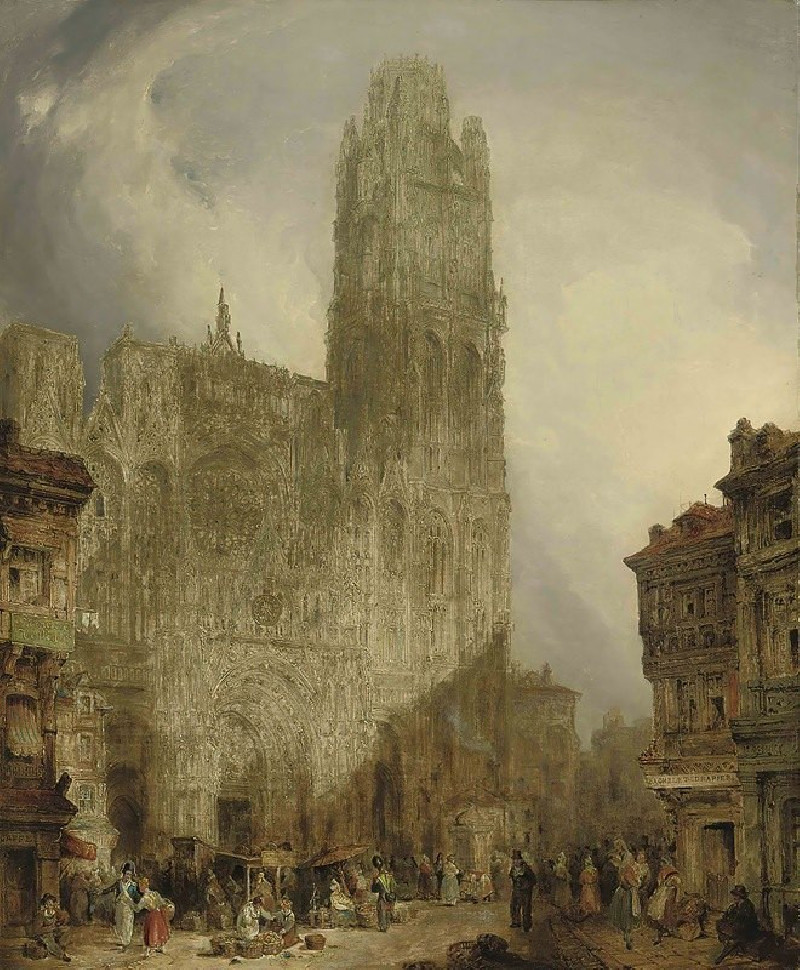
![Siout [Asyût]. Upper Egypt. (1846-1849) reproduction of painting by David Roberts. ALL GICLEE PRINTS](https://reprodukcijos.lt/39216-large_default/reproduction-of-siout-asyut-upper-egypt-1846-1849.jpg)
![Hermont [Armant], ancient Hirmonthis. Nov. 26th, 1838. (1846-1849) reproduction of painting by David Roberts. ALL GICLEE PRINTS](https://reprodukcijos.lt/39215-large_default/reproduction-of-hermont-armant-ancient-hirmonthis-nov-26th-1838-1846-1849.jpg)
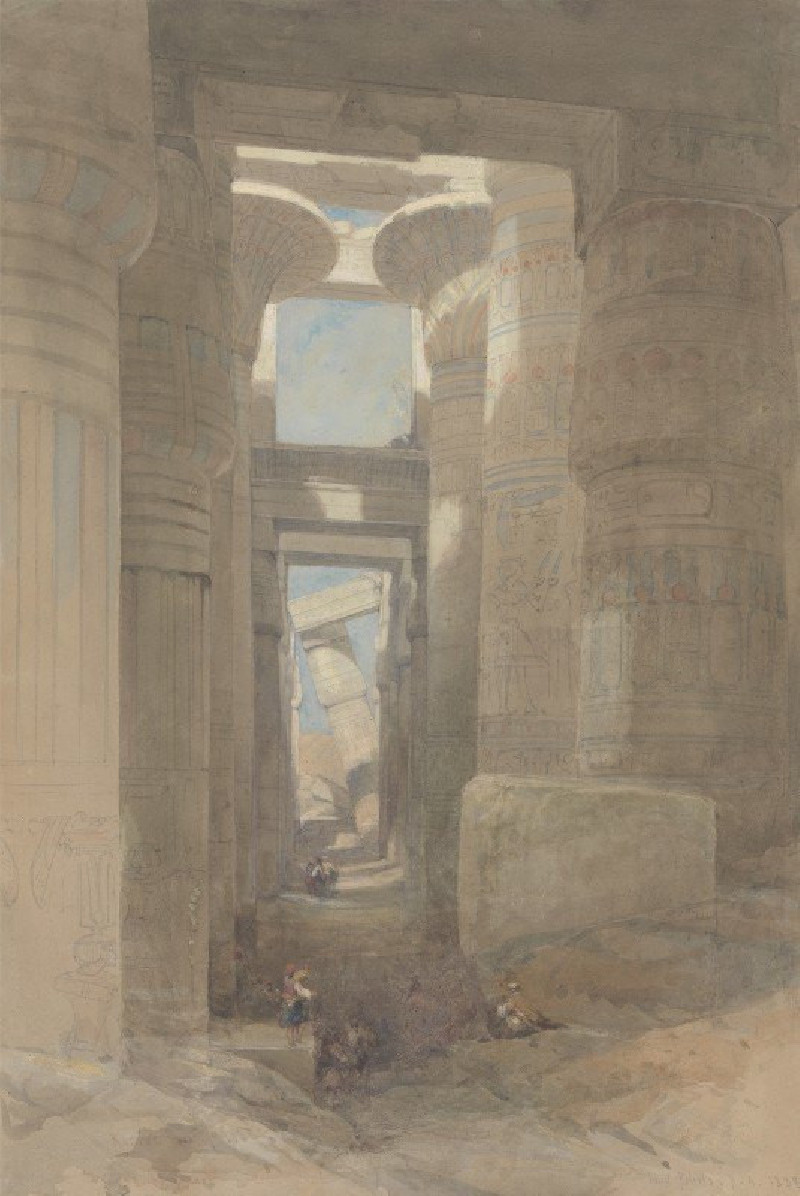
![Temple of Wady Saboua [Wadi al-Sabua], Nubia. (1846-1849) reproduction of painting by David Roberts. ALL GICLEE PRINTS](https://reprodukcijos.lt/39213-large_default/reproduction-of-temple-of-wady-saboua-wadi-al-sabua-nubia-1846-1849.jpg)
![Portico of the Temple of Edfou [Idfû], Upper Egypt. Nov. 23rd, 1838. (1846-1849) reproduction of painting by David Roberts. A...](https://reprodukcijos.lt/39212-large_default/reproduction-of-portico-of-the-temple-of-edfou-idfu-upper-egypt-nov-23rd-1838-1846-1849.jpg)
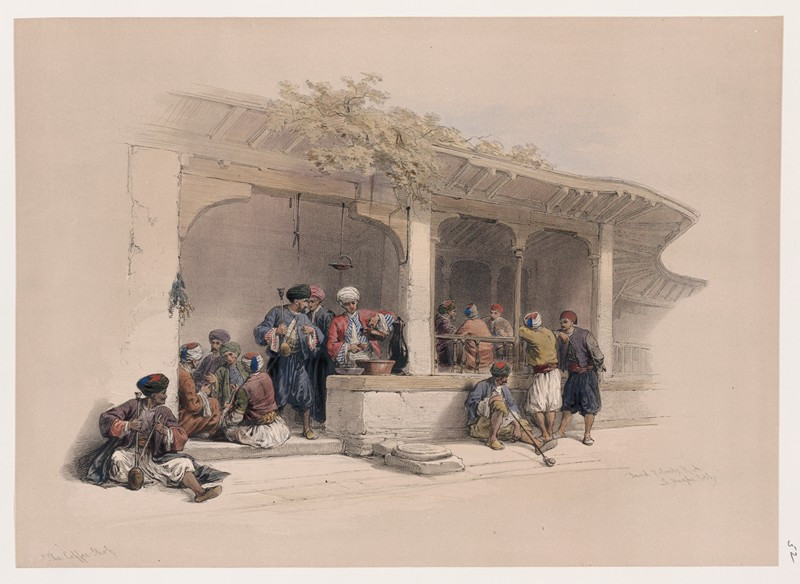

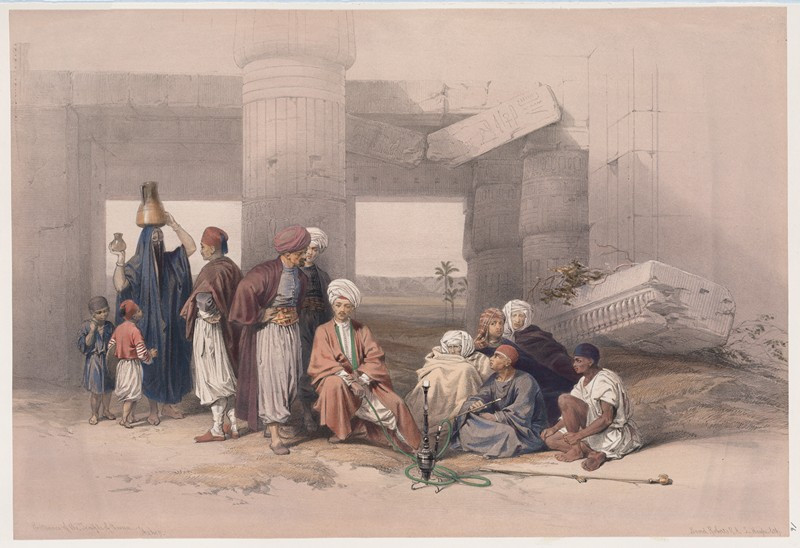
![Edfou [Edfu, Idfû]. Nov. 24th, 1838. (1846-1849) reproduction of painting by David Roberts. ALL GICLEE PRINTS](https://reprodukcijos.lt/39208-large_default/reproduction-of-edfou-edfu-idfu-nov-24th-1838-1846-1849.jpg)
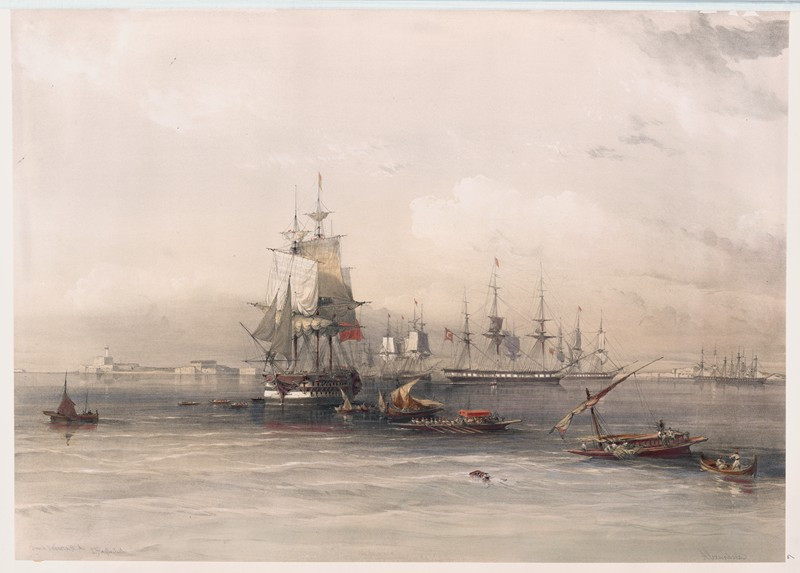
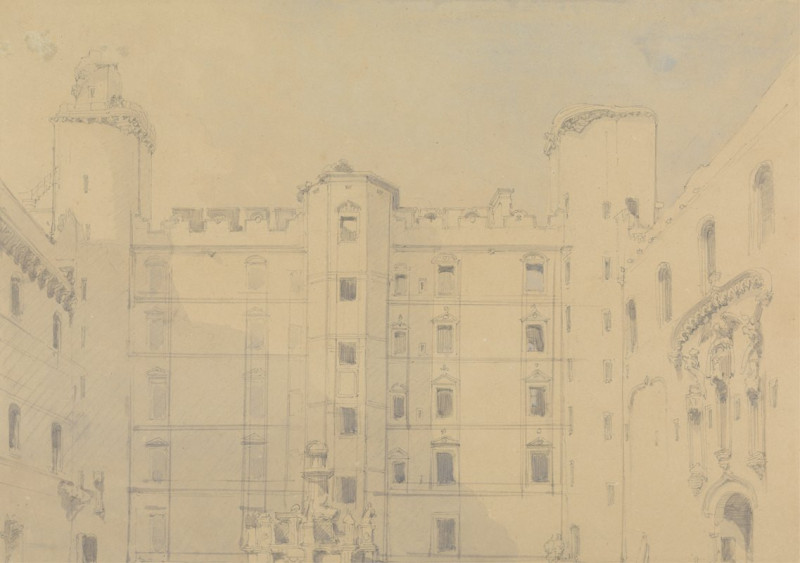
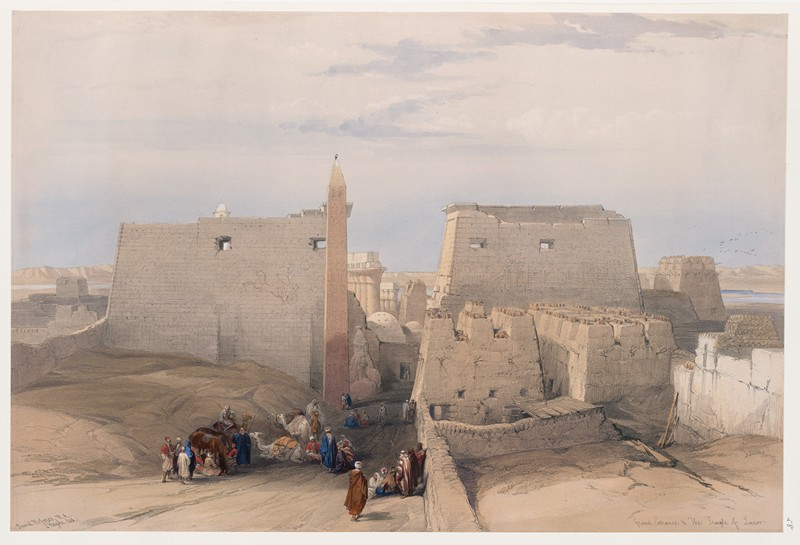

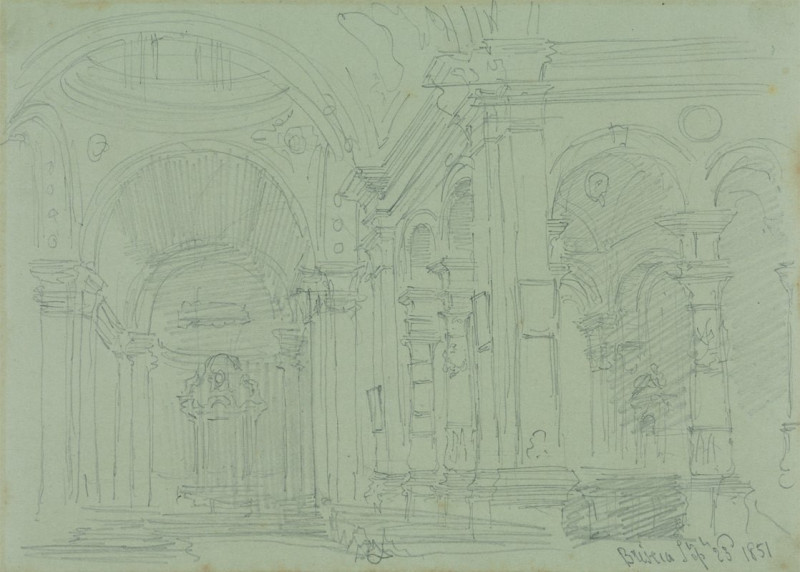
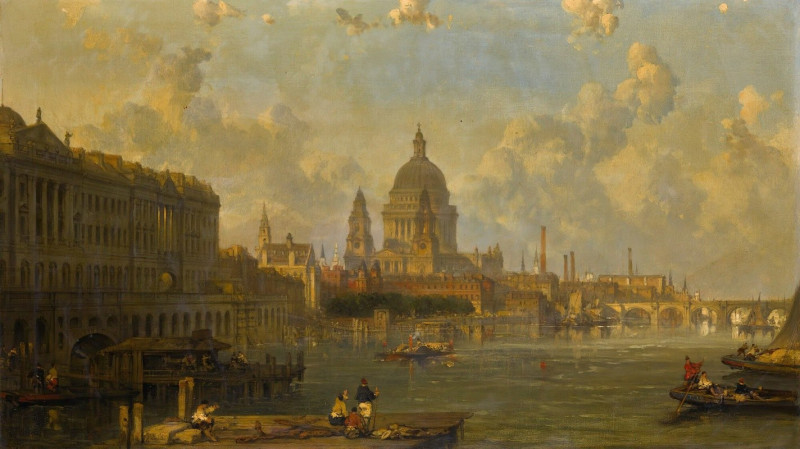
![Temple of Kalabshee [Kalabsha, Kalâbishah], Nubia. Nov. 1838. (1846-1849) reproduction of painting by David Roberts. ALL GICL...](https://reprodukcijos.lt/39201-large_default/reproduction-of-temple-of-kalabshee-kalabsha-kalabishah-nubia-nov-1838-1846-1849.jpg)
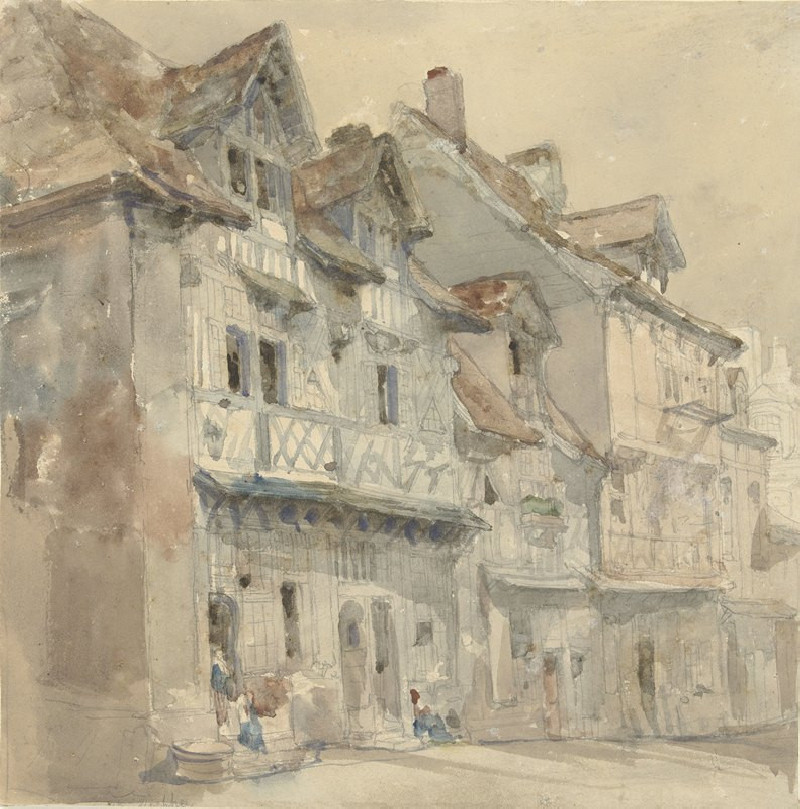
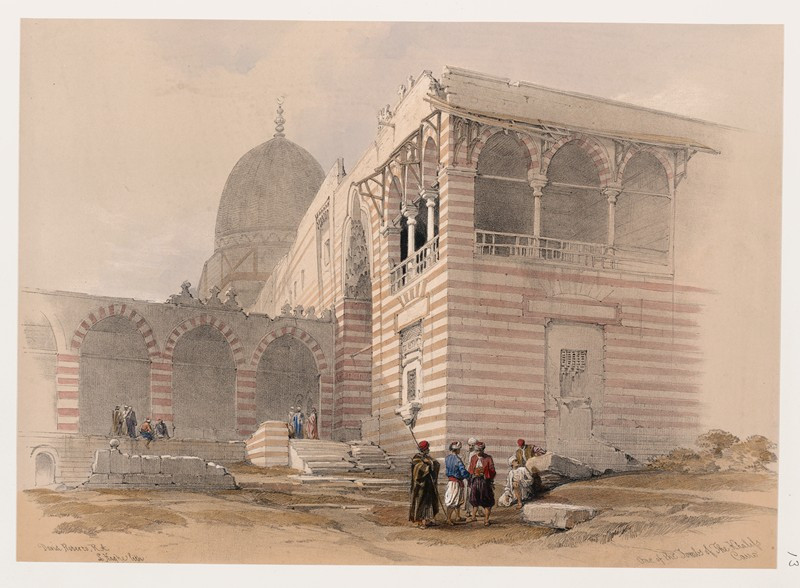

![Ruins of the Temple of Kardeseh [Qirtâsî], Nubia. (1846-1849) reproduction of painting by David Roberts. ALL GICLEE PRINTS](https://reprodukcijos.lt/39187-large_default/reproduction-of-ruins-of-the-temple-of-kardeseh-qirtasi-nubia-1846-1849.jpg)
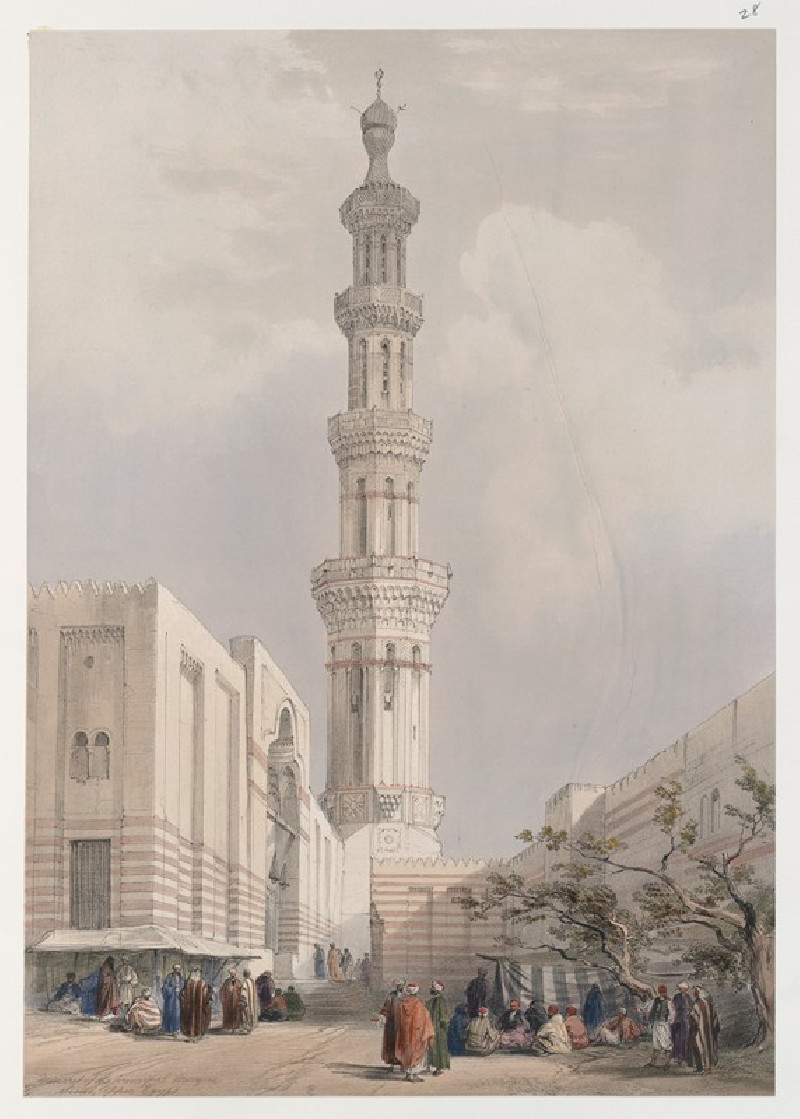
![Pyramids of Geezeh [Giza]. (1846-1849) reproduction of painting by David Roberts. ALL GICLEE PRINTS](https://reprodukcijos.lt/39185-large_default/reproduction-of-pyramids-of-geezeh-giza-1846-1849.jpg)
![Excavated temples of Aboosimble [Abû Sunbul], Nubia. (1846-1849) reproduction of painting by David Roberts. ALL GICLEE PRINTS](https://reprodukcijos.lt/39184-large_default/reproduction-of-excavated-temples-of-aboosimble-abu-sunbul-nubia-1846-1849.jpg)

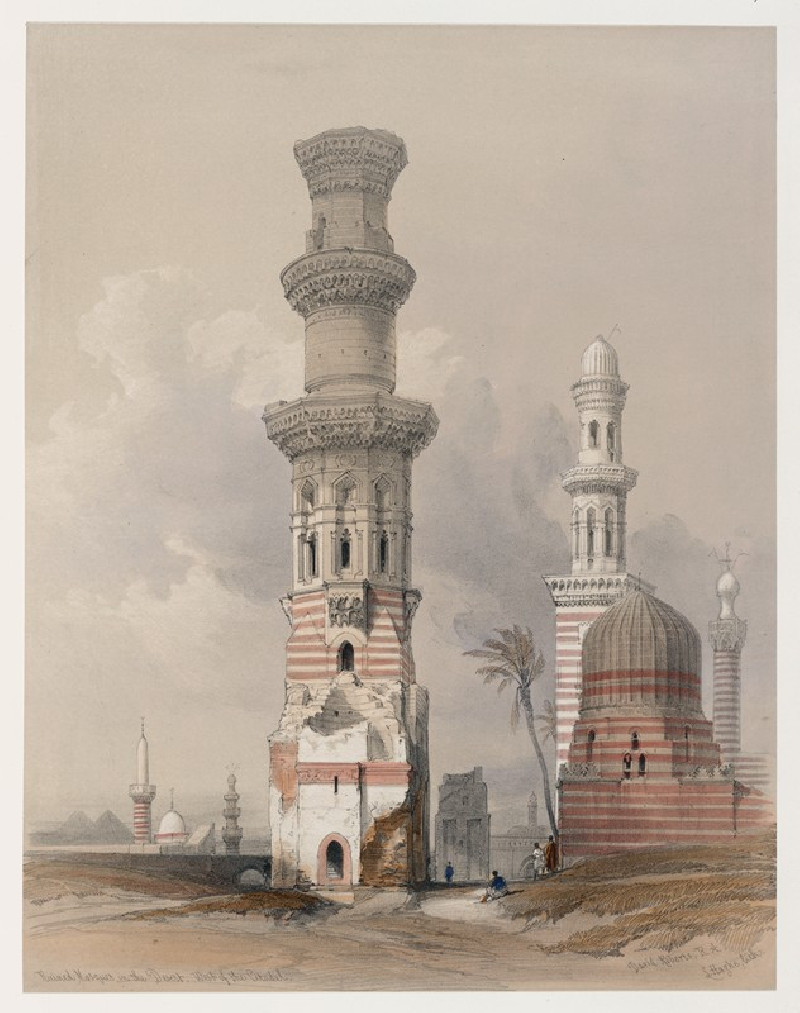


![Dayr el Medeeneh [Dayr al-Madînah], Thebes. (1846-1849) reproduction of painting by David Roberts. ALL GICLEE PRINTS](https://reprodukcijos.lt/39182-large_default/reproduction-of-dayr-el-medeeneh-dayr-al-madinah-thebes-1846-1849.jpg)
